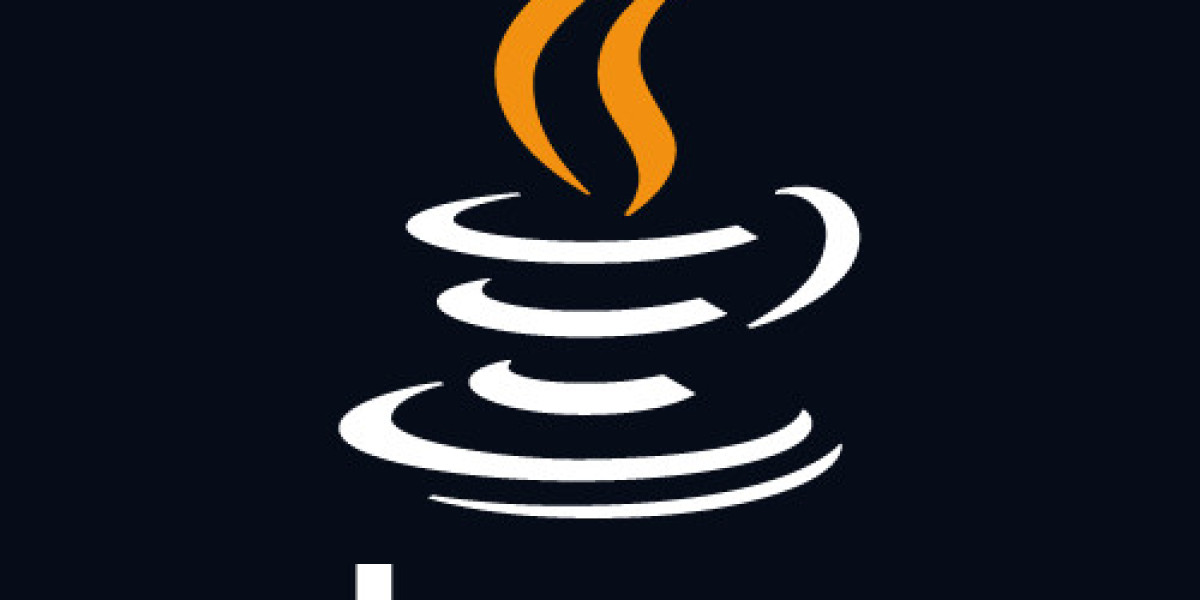Controlling the flow of execution is a fundamental aspect of programming in Java. By manipulating the flow of execution, you can make your programs perform specific actions based on conditions, repeat certain tasks, and make decisions dynamically. Java provides a range of constructs and control flow statements that allow you to shape the behavior of your program. Understanding how to control the flow of execution in Java is essential for creating efficient, flexible, and responsive applications. In this article, we will explore various techniques like nested if statements Java and constructs that enable precise control over program execution in Java.
Controlling the flow of execution in Java programs allows you to determine the order in which statements are executed, make decisions based on conditions, and repeat certain tasks as needed. Here are several techniques and constructs you can use to control the flow of execution in Java:
Conditional Statements:
Use if-else statements to execute a block of code based on a condition. The code inside the if block is executed if the condition is true, otherwise, the code inside the else block (if present) is executed. The syntax is as follows:
if (condition) {
// code to execute if condition is true
} else {
// code to execute if condition is false
}
Loops:
Loops allow you to repeat a block of code multiple times. Java provides different types of loops, including while, do-while, and for loops.
The while loop executes a block of code as long as a condition is true. The syntax is as follows:
while (condition) {
// code to execute repeatedly
}
The do-while loop is similar to the while loop, but it executes the code block at least once before checking the condition. The syntax is as follows:
do {
// code to execute repeatedly
} while (condition);
The for loop allows you to specify initialization, condition, and iteration in a compact manner. The syntax is as follows:
for (initialization; condition; iteration) {
// code to execute repeatedly
}
Switch Statement:
Use a switch statement or nested if statements Java to select one of many code blocks to be executed based on the value of a variable or expression. It provides an alternative to long if-else chains when dealing with multiple cases. The syntax is as follows:
switch (expression) {
case value1:
// code to execute for value1
break;
case value2:
// code to execute for value2
break;
default:
// code to execute if none of the cases match
break;
}
Control Flow Keywords:
Java provides control flow keywords such as break, continue, and return to modify the flow of execution within loops and methods.
The break statement terminates the current loop or switch statement and transfers control to the statement immediately following it.
The continue statement skips the rest of the loop iteration and proceeds to the next iteration.
The return statement terminates the execution of a method and returns control to the calling code.
Exception Handling:
Exception handling allows you to gracefully handle errors or exceptional conditions that may occur during program execution with swing components in Java. You can use try-catch blocks to catch and handle specific exceptions. The syntax is as follows:
try {
// code that may throw an exception
} catch (ExceptionType exception) {
// code to handle the exception
}
By utilizing these techniques and constructs, you can effectively control the flow of execution in your Java programs. Understanding and applying these concepts will enable you to create dynamic, responsive, and efficient applications that respond to different conditions and requirements.
Controlling the flow of execution in Java programs is essential for several reasons:
- Decision Making: By controlling the flow of execution, you can make decisions based on specific conditions. This allows your program to choose different paths or actions based on the input, user interaction, or other runtime factors. Decision-making constructs like if-else statements and switch statements enable you to implement logic and handle different scenarios effectively.
- Repetition and Iteration: Flow control constructs like loops (while, do-while, and for) allow you to repeat a block of code multiple times. This is useful when you want to perform the same operations repeatedly, process collections of data, or iterate over a range of values. Loops provide efficient ways to handle repetitive tasks, reducing code duplication and enhancing productivity.
- Exception Handling: Flow control plays a crucial role in handling exceptions and errors gracefully. With try-catch blocks, you can catch and handle exceptions, preventing abrupt program termination of swing components in Java. Exception handling enables you to handle exceptional conditions, recover from errors, and provide appropriate error messages or alternative paths when issues arise.
- Program Flow Optimization: Controlling the flow of execution allows you to optimize the performance and efficiency of your Java programs. By using control flow constructs intelligently, you can minimize unnecessary computations, skip unnecessary iterations, and avoid redundant operations. Well-designed control flow can lead to faster execution, reduced resource usage, and improved overall program efficiency.
- User Interaction and Interface Design: Flow control is crucial for building interactive applications that respond to user input. By controlling the flow of execution based on user actions, you can create dynamic interfaces, validate input, and provide appropriate feedback. User interaction often requires conditionally executing different parts of the code or responding to events, making flow control crucial in creating user-friendly experiences.
Controlling the flow of execution is a crucial skill for Java developers, as it allows them to dictate how their programs behave under different conditions. By mastering control flow constructs such as if-else statements, loops, switch statements, and exception handling, you can direct the execution of your Java programs in a way that meets the desired logic and functionality. Additionally, understanding the order of execution, method calls, and the use of control flow statements enables you to create more efficient and optimized code. By effectively controlling the flow of execution in your Java programs, you can enhance their responsiveness, interactivity, and ability to handle diverse scenarios. Continuously improving your knowledge and practice of control flow techniques will empower you to build robust and dynamic Java applications.



